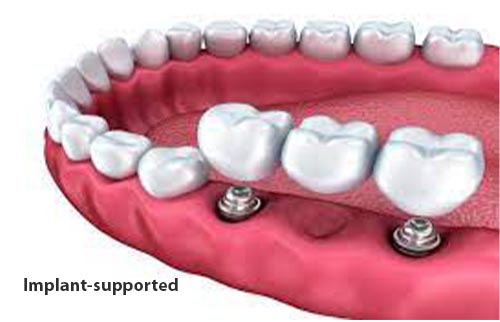


Dental Bridge (Fixed Prosthesis)
As a bridge, we take support from adjacent pillars in the same way that to replace a missing tooth, we take support from adjoining teeth. They are capped, and with these caps replaced, the tooth is joined. Dental bridges literally bridge the gap created by one or more missing teeth. A bridge is made up of two or more crowns for the teeth on either side of the gap—these two or more anchoring teeth are called abutment teeth—and a false tooth or teeth in between. These false teeth are called pontics and can be made from gold, alloys, porcelain, or a combination of these materials. Dental bridges are supported by natural teeth or implants.
Dental Bridge Types
There are four main types of dental bridges.
- • Traditional
- • Cantilever
- • Maryland
- • Implant-supported
What are the Benefits of Dental Bridges?
- • They are fixed in the mouth, so there is no need to take them out.
- • Restore your smile.
- • Restore the ability to properly chew and speak.
- • Maintain the shape of your face.
- • Distribute the forces in your bite properly by replacing missing teeth.
- • Prevent the remaining teeth from drifting out of position.




